HOUR OF THE WOLF (VARGTIMMEN) (Ingmar Bergman, 1968)
BAMcinématek, BAM Rose Cinemas
30 Lafayette Ave. between Ashland Pl. & St. Felix St.
Friday, November 30, 4:30 & 9:15
Series runs through December 14
718-636-4100
www.bam.org
 One of Ingmar Bergman’s most critically polarizing films — the director himself wrote, “No, I made it the wrong way” three years after its release — Hour of the Wolf is a gripping examination of an artist’s psychological deterioration. Bergman frames the story as if it’s a true tale being told by Alma Borg (Liv Ullmann) based on her husband Johan’s (Max von Sydow) diary, which she has given to the director. In fact, as this information is being shown in words onscreen right after the opening credits, the sound of a film shoot being set up can be heard behind the blackness; thus, from the very start, Bergman is letting viewers know that everything they are about to see might or might not be happening, blurring the lines between fact and fiction in the film itself as well as the story being told within. And what a story it is, a gothic horror tale about an artist facing both a personal and professional crisis, echoing the life of Bergman himself. Johan and Alma, who is pregnant (Ullmann was carrying Bergman’s child at the time), have gone to a remote island where he can pursue his painting in peace and isolation. But soon Johan is fighting with a boy on the rocks, Alma is getting a dire warning from an old woman telling her to read Johan’s diary, and the husband and wife spend some bizarre time at a party in a castle, where a man walks on the ceiling, a dead woman arises, and other odd goings-on occur involving people who might be ghosts. Bergman keeps the protagonists and the audience guessing as to what’s actually happening throughout: The events could be taking place in one of the character’s imaginations or dreams (or nightmares), they could be flashbacks, or they could be part of the diary come to life. Whatever it is, it is very dark, shot in an eerie black-and-white by Sven Nykvist, part of a trilogy of grim 1968-69 films by Bergman featuring von Sydow and Ullmann that also includes Shame and The Passion of Anna. Today, Hour of the Wolf feels like a combination of Roman Polanski’s Rosemary’s Baby and Stanley Kubrick’s The Shining with elements of Mozart’s The Magic Flute — which Bergman would actually adapt for the screen in 1975 and features in a key, extremely strange scene in Hour of the Wolf. But in Bergman’s case, all work and no play does not make him a dull boy at all. Hour of the Wolf is screening November 30 at BAM as part of the BAMcinématek series “Max von Sydow,” consisting of twenty-two wide-ranging films celebrating the outstanding career of the now-eighty-three-year-old Swedish actor; the festival continues with such other works as William Friedkin’s The Exorcist, Bille August’s Pelle the Conqueror,, Woody Allen’s Hannah and Her Sisters, John Milius’s Conan the Barbarian, and, yes, Mike Gordon’s Flash Gordon, with von Sydow playing Ming the Merciless.
One of Ingmar Bergman’s most critically polarizing films — the director himself wrote, “No, I made it the wrong way” three years after its release — Hour of the Wolf is a gripping examination of an artist’s psychological deterioration. Bergman frames the story as if it’s a true tale being told by Alma Borg (Liv Ullmann) based on her husband Johan’s (Max von Sydow) diary, which she has given to the director. In fact, as this information is being shown in words onscreen right after the opening credits, the sound of a film shoot being set up can be heard behind the blackness; thus, from the very start, Bergman is letting viewers know that everything they are about to see might or might not be happening, blurring the lines between fact and fiction in the film itself as well as the story being told within. And what a story it is, a gothic horror tale about an artist facing both a personal and professional crisis, echoing the life of Bergman himself. Johan and Alma, who is pregnant (Ullmann was carrying Bergman’s child at the time), have gone to a remote island where he can pursue his painting in peace and isolation. But soon Johan is fighting with a boy on the rocks, Alma is getting a dire warning from an old woman telling her to read Johan’s diary, and the husband and wife spend some bizarre time at a party in a castle, where a man walks on the ceiling, a dead woman arises, and other odd goings-on occur involving people who might be ghosts. Bergman keeps the protagonists and the audience guessing as to what’s actually happening throughout: The events could be taking place in one of the character’s imaginations or dreams (or nightmares), they could be flashbacks, or they could be part of the diary come to life. Whatever it is, it is very dark, shot in an eerie black-and-white by Sven Nykvist, part of a trilogy of grim 1968-69 films by Bergman featuring von Sydow and Ullmann that also includes Shame and The Passion of Anna. Today, Hour of the Wolf feels like a combination of Roman Polanski’s Rosemary’s Baby and Stanley Kubrick’s The Shining with elements of Mozart’s The Magic Flute — which Bergman would actually adapt for the screen in 1975 and features in a key, extremely strange scene in Hour of the Wolf. But in Bergman’s case, all work and no play does not make him a dull boy at all. Hour of the Wolf is screening November 30 at BAM as part of the BAMcinématek series “Max von Sydow,” consisting of twenty-two wide-ranging films celebrating the outstanding career of the now-eighty-three-year-old Swedish actor; the festival continues with such other works as William Friedkin’s The Exorcist, Bille August’s Pelle the Conqueror,, Woody Allen’s Hannah and Her Sisters, John Milius’s Conan the Barbarian, and, yes, Mike Gordon’s Flash Gordon, with von Sydow playing Ming the Merciless.
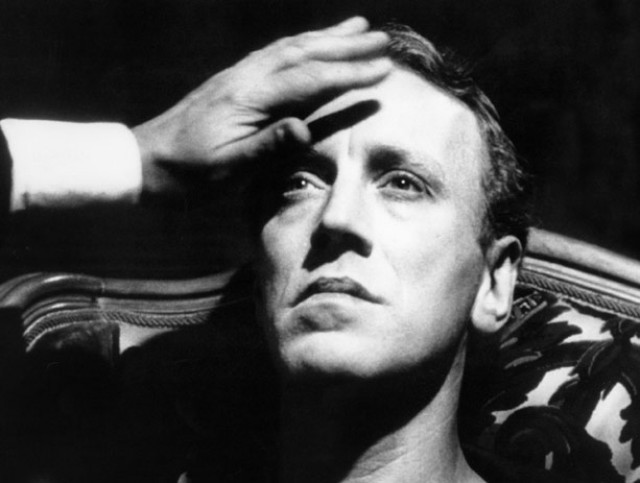
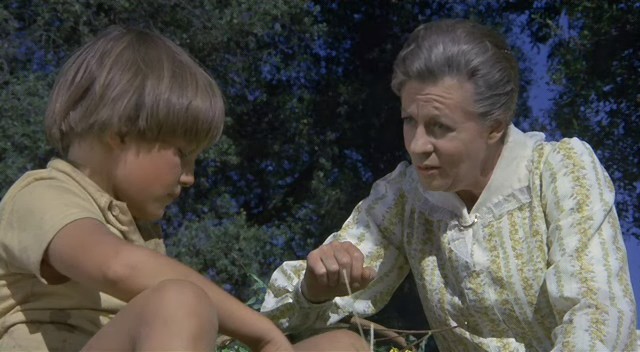
 Twins Niles (Chris Udvarnoky) and Holland (Martin Udvarnoky) do everything together, playing around their family’s farm with a reckless abandon that gets them into a lot of trouble — especially when they leave a body or two lying around. Their mother (Diana Muldaur) has become sort of a walking zombie since the sudden death of her husband, so their grandmother, Ada (Uta Hagen), watches out for the kinder. Ada has taught Niles to play what she calls the Game, which involves psychic phenomena, but the Game goes bad very quickly. Director Robert Mulligan (To Kill a Mockingbird, Summer of ’42) keeps things very creepy, especially as Niles tries to understand what makes Holland do the things he does. The screenplay is by Thomas Tryon, based on his bestselling novel. The boys’ uncle, Rider, is played by a young John Ritter, while Victor French, Agent 44 on Get Smart and Mark Gordon on Highway to Heaven, is Angelini the handyman. The Other is screening December 1 as part of the Museum of the Moving Image series “The Cinema and Its Doubles,” consisting of films that involve physical, fantastical, or psychological doppelgängers; the festival continues through December 16 with such films as Luis Buñuel’s That Obscure Object of Desire, David Fincher’s Fight Club, and David Cronenberg’s Dead Ringers.
Twins Niles (Chris Udvarnoky) and Holland (Martin Udvarnoky) do everything together, playing around their family’s farm with a reckless abandon that gets them into a lot of trouble — especially when they leave a body or two lying around. Their mother (Diana Muldaur) has become sort of a walking zombie since the sudden death of her husband, so their grandmother, Ada (Uta Hagen), watches out for the kinder. Ada has taught Niles to play what she calls the Game, which involves psychic phenomena, but the Game goes bad very quickly. Director Robert Mulligan (To Kill a Mockingbird, Summer of ’42) keeps things very creepy, especially as Niles tries to understand what makes Holland do the things he does. The screenplay is by Thomas Tryon, based on his bestselling novel. The boys’ uncle, Rider, is played by a young John Ritter, while Victor French, Agent 44 on Get Smart and Mark Gordon on Highway to Heaven, is Angelini the handyman. The Other is screening December 1 as part of the Museum of the Moving Image series “The Cinema and Its Doubles,” consisting of films that involve physical, fantastical, or psychological doppelgängers; the festival continues through December 16 with such films as Luis Buñuel’s That Obscure Object of Desire, David Fincher’s Fight Club, and David Cronenberg’s Dead Ringers.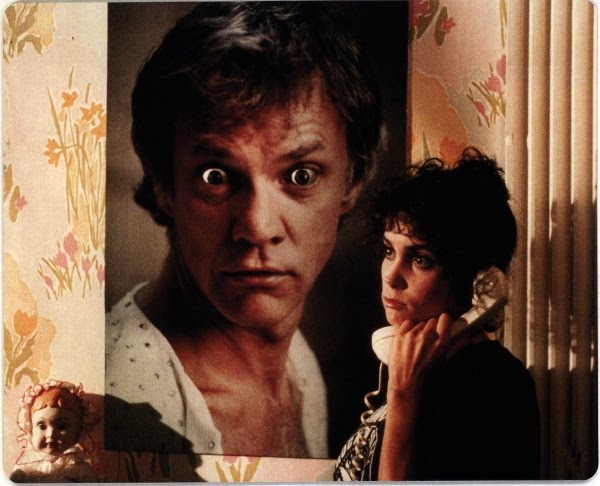
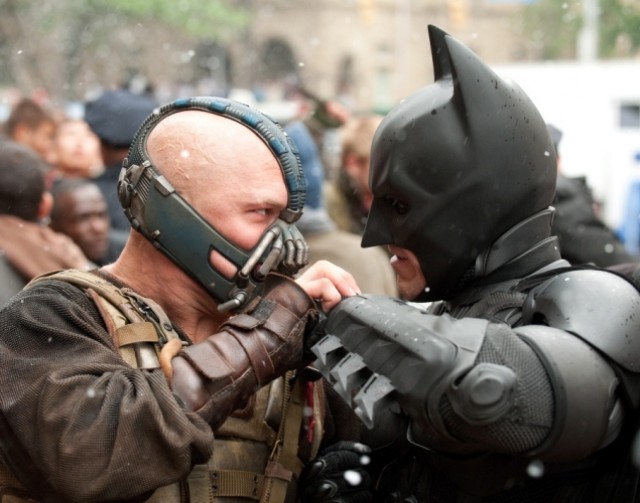
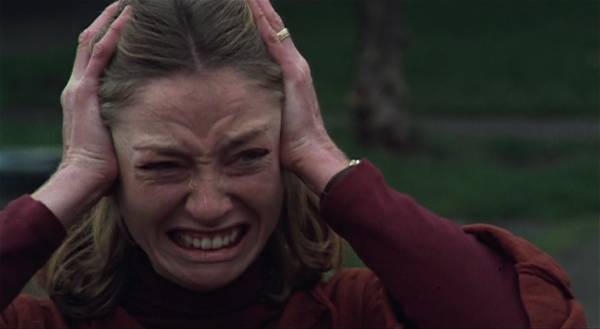

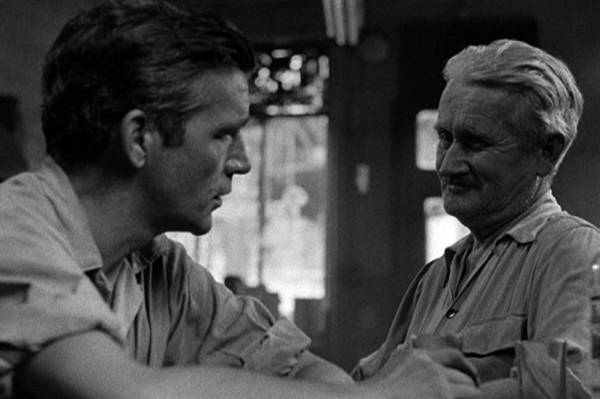
 One of the greatest documentaries ever made about New York City can now be seen in a recently restored 35mm print, offering a new look at an underground classic. Lionel Rogosin’s On the Bowery caused quite a stir upon its release in 1956, winning prizes at the Venice Film Festival while earning criticism at home for daring to portray the grim reality of America’s dark underbelly. After spending six months living with the poor, destitute alcoholics on Skid Row as research, idealistic young filmmaker Rogosin spent the next four months making On the Bowery, a remarkable examination of the forgotten men of New York, ne’er-do-wells who can’t find jobs, sleep on the street, and will do just about anything for another drink. Rogosin centers the film around the true story of Ray Salyer, a journeyman railroad drifter stopping off in New York City seeking temporary employment. Salyer is quickly befriended by Gorman Hendricks, who not only shows Salyer the ropes but also manages to slyly take advantage of him. Although the film follows a general structure scripted by Mark Sufrin, much of it is improvised and shot on the sly, in glorious black and white by Richard Bagley. The sections in which Bagley turns his camera on the streets, showing the decrepit neighborhood under the El, set to Charles Mills’s subtle, jazzy score and marvelously edited by Carl Lerner, are pure poetry, yet another reason why On the Bowery is an American treasure. The film is screening November 28 & 29 at 1:30 as part of MoMA’s continuing series “An Auteurist History of Film,” along with a pair of seminal silent shorts also set in New York City, Rudy Burckhardt’s 1953 Under the Brooklyn Bridge and Helen Levitt and James Agee’s 1952 In the Street; interestingly, Rogosin tried unsuccessfully to get Agee to work on On the Bowery and fired Levitt as the film’s editor.
One of the greatest documentaries ever made about New York City can now be seen in a recently restored 35mm print, offering a new look at an underground classic. Lionel Rogosin’s On the Bowery caused quite a stir upon its release in 1956, winning prizes at the Venice Film Festival while earning criticism at home for daring to portray the grim reality of America’s dark underbelly. After spending six months living with the poor, destitute alcoholics on Skid Row as research, idealistic young filmmaker Rogosin spent the next four months making On the Bowery, a remarkable examination of the forgotten men of New York, ne’er-do-wells who can’t find jobs, sleep on the street, and will do just about anything for another drink. Rogosin centers the film around the true story of Ray Salyer, a journeyman railroad drifter stopping off in New York City seeking temporary employment. Salyer is quickly befriended by Gorman Hendricks, who not only shows Salyer the ropes but also manages to slyly take advantage of him. Although the film follows a general structure scripted by Mark Sufrin, much of it is improvised and shot on the sly, in glorious black and white by Richard Bagley. The sections in which Bagley turns his camera on the streets, showing the decrepit neighborhood under the El, set to Charles Mills’s subtle, jazzy score and marvelously edited by Carl Lerner, are pure poetry, yet another reason why On the Bowery is an American treasure. The film is screening November 28 & 29 at 1:30 as part of MoMA’s continuing series “An Auteurist History of Film,” along with a pair of seminal silent shorts also set in New York City, Rudy Burckhardt’s 1953 Under the Brooklyn Bridge and Helen Levitt and James Agee’s 1952 In the Street; interestingly, Rogosin tried unsuccessfully to get Agee to work on On the Bowery and fired Levitt as the film’s editor.